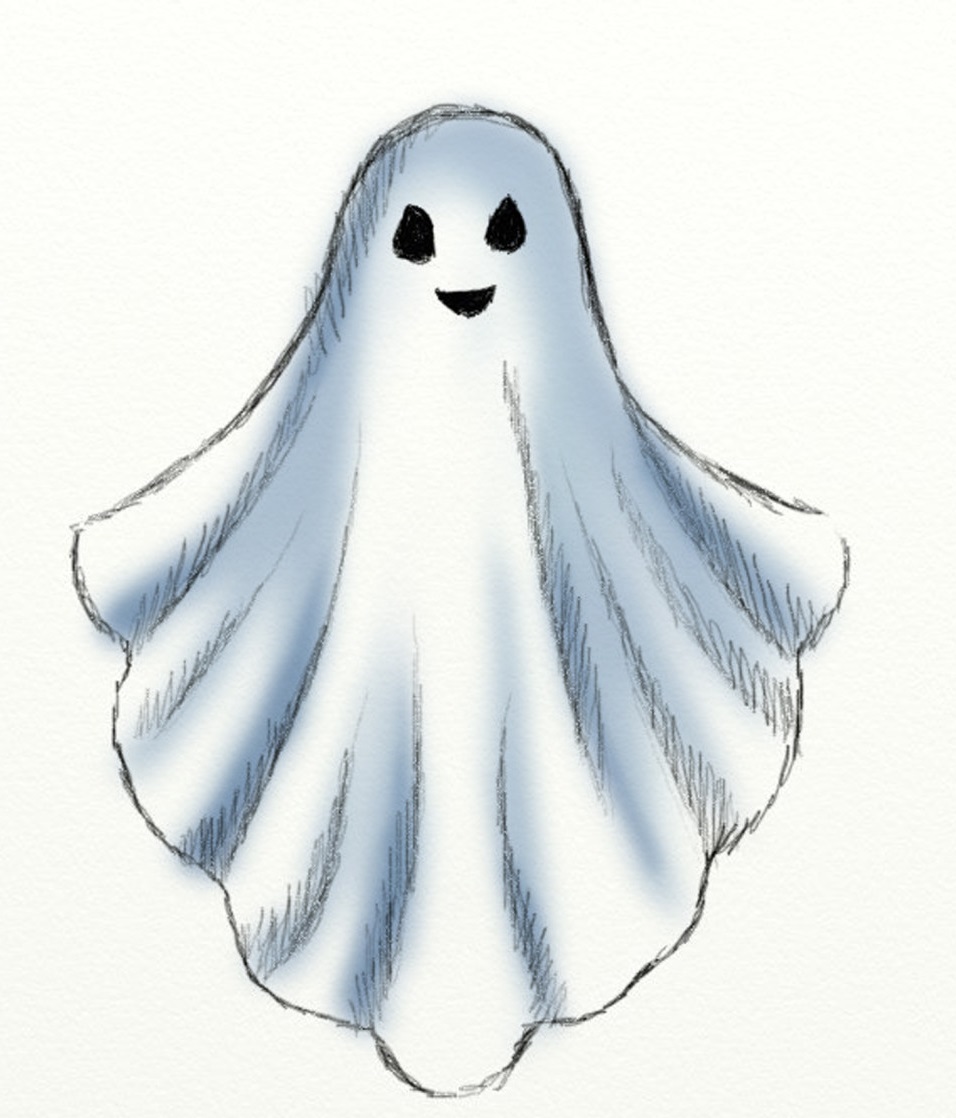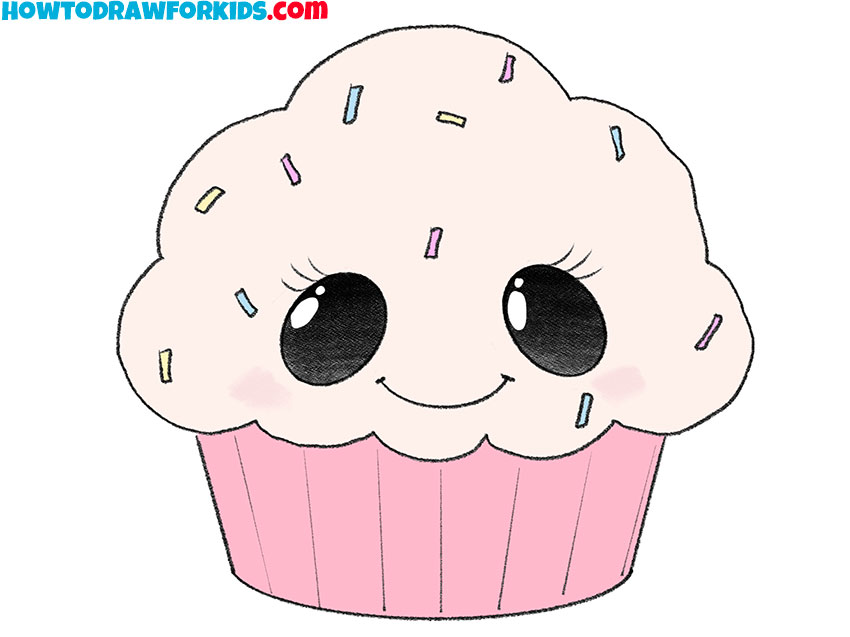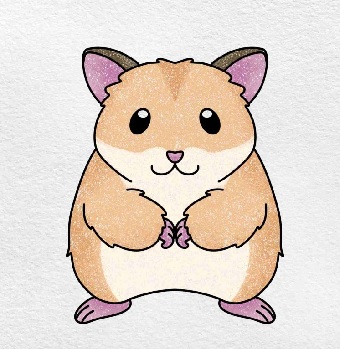STEP 1: COMPLETE YOUR LINEWORK
Find the animal you want to draw by skimming. For this example, we’re going to be shading the Akita.

Follow the steps to draw your animal, and then make the lines dark by pressing hard with your pencil, or inking over your lines with a pen. If you decide to ink with a pen, wait for the ink to dry and erase the pencil marks underneath.
STEP 2: DECIDE YOUR METHOD

Let’s decide how to shade this good dog. Because our Akita is a furry dog, it looks like hatching would be good at replicating the texture of fur. We’re going to hatch lightly with a pencil. to make the Akita’s fur look soft. Let’s test it out in a small section to see how it looks.
STEP 3: FILL IN AREAS WITH SHADING
Establish which areas you want to be darker on your animal. Here, we’ve decided to make the top parts of our dog darker, and leave their underside a fluffy white. So, let’s introduce more hatching to the other areas we want dark.

Remember to leave some areas paper-white to have highlights, even in your dark spots. It’ll make your animals look just a bit more realistic!
STEP 4: ADD TEXTURE TO OTHER PARTS
Even though we decided to leave our dog’s belly white, we can still go into that area to add some texture. Let’s use small marks, and not press very hard. That will make sure the white part of its fur is still light, but add a little bit of dimension to the drawing.

STEP 5: DARKEN YOUR DARKS
We’ve got our lights and our midtones in place. To decide where to put our darkest darks, imagine that a light is shining on our dog and picture in your mind where the shadows would be.

Now, let’s take our pencil and add some spots of darker darks to add shadows. We’ll gently add tiny bits of shadow to the white areas of fur, layering it in some spots that already have midtones. Careful not to overdo it. Then, we’ll bring shadows into the other areas. Darken around the edges, and bring your darkest darks into the areas that have fur shading, leaving those paper-white spots we started with.
STEP 6: LAST DETAILS
Anything missing still? On our Akita, it looks like we still need to shade its nose and tongue!
Let’s do that with small, gentle strokes, keeping carefully inside the area we want to shade. Now, our good dog looks like a finished drawing! Try it yourself!

To improve your shading skills, focus on observing how light interacts with objects in real life. Practice shading simple shapes like spheres, cubes, and cones to master gradients and shadows. Remember to vary your pencil pressure to create smooth transitions. Experiment with blending tools like tortillons or tissues for softer effects.
Over time, you’ll develop a deeper understanding of light and shadow, bringing more depth to your drawings.






